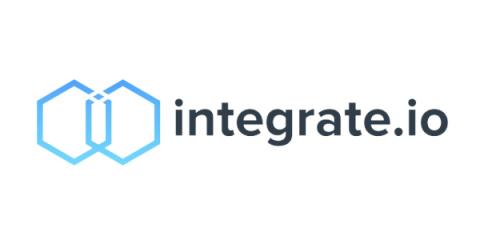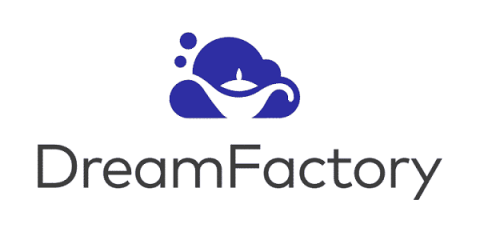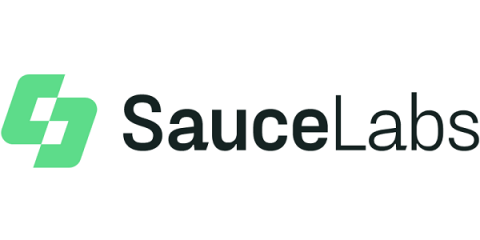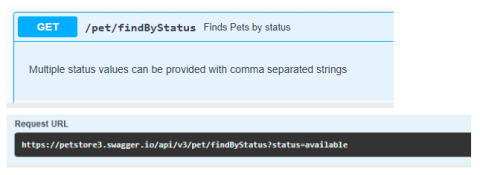How to manage your GraphQL APIs with Apigee
Over the past two decades REST APIs have emerged as a lightweight and flexible standard for enterprise data and backends get exposed to external, partner, and internal applications. Google Cloud’s Apigee is a leader in API Management, allowing users to manage REST APIs — define rate limits, enforce authentication and authorization, block clients that attempt to misuse an API, and ensure APIs work seamlessly as they are updated.










